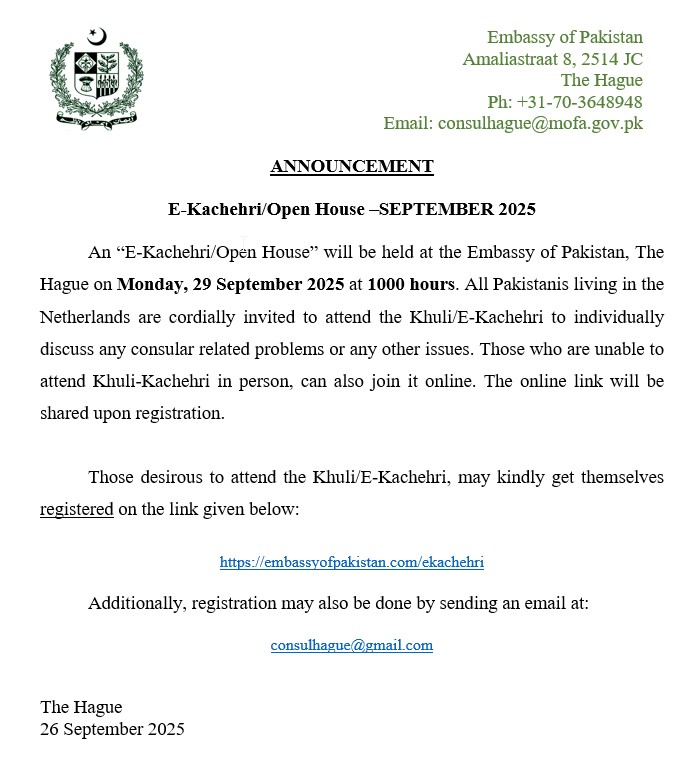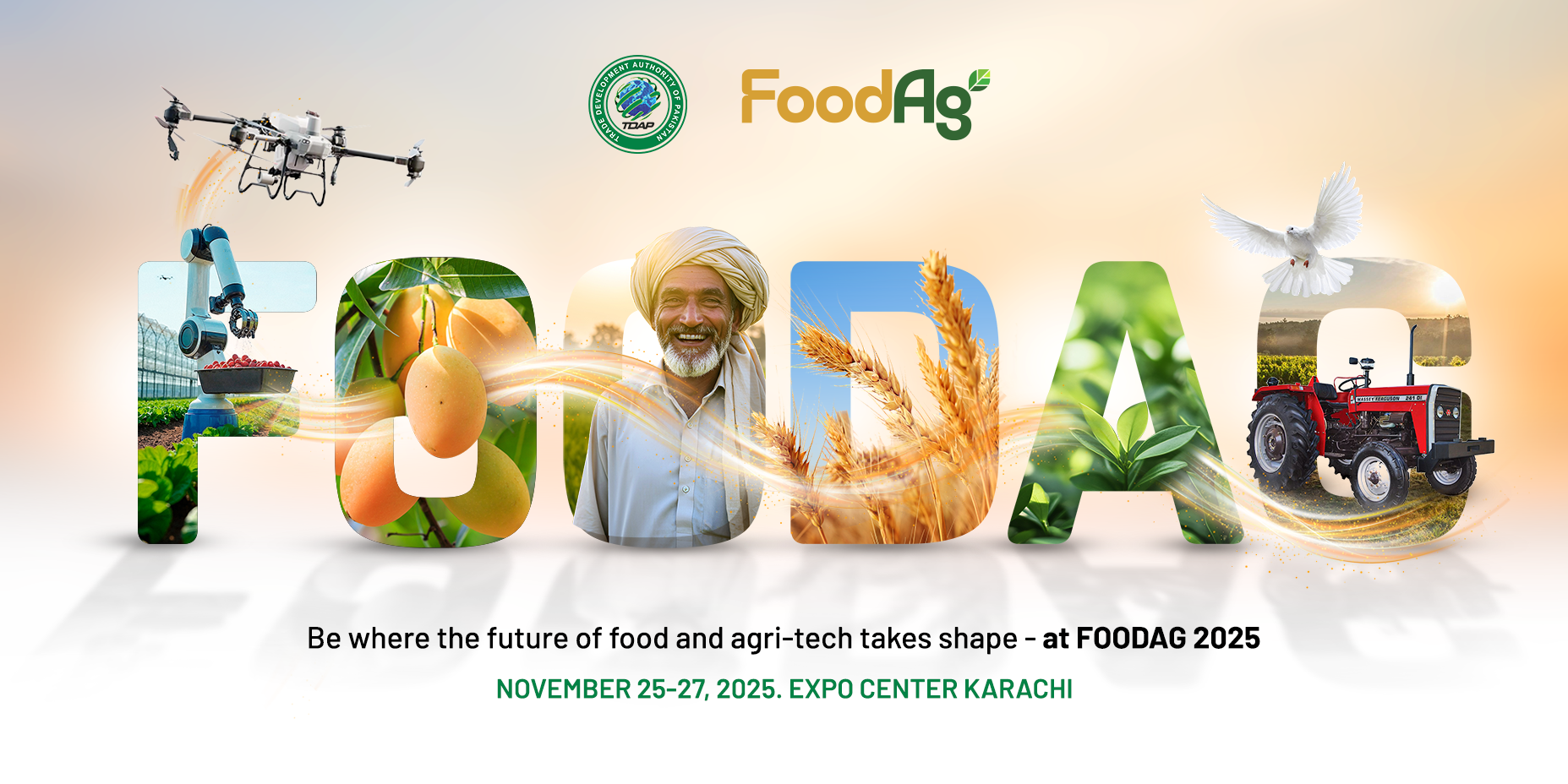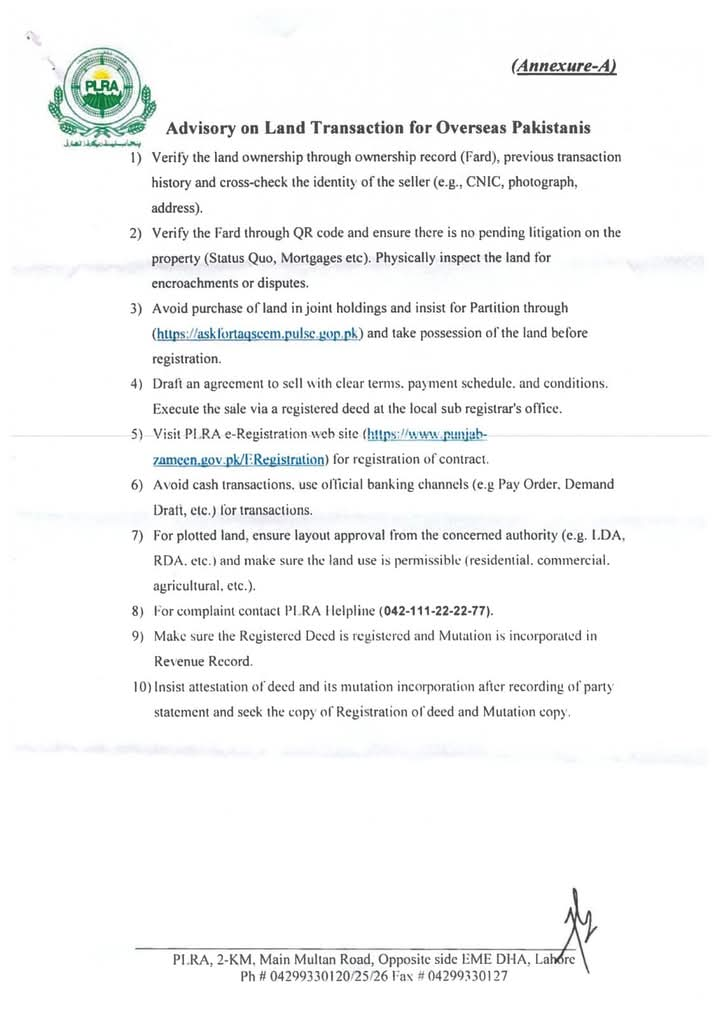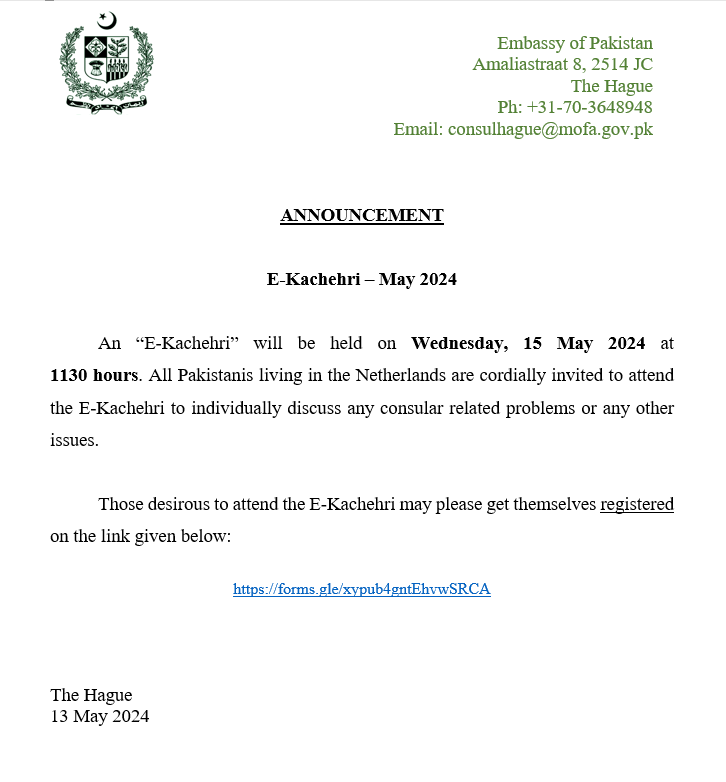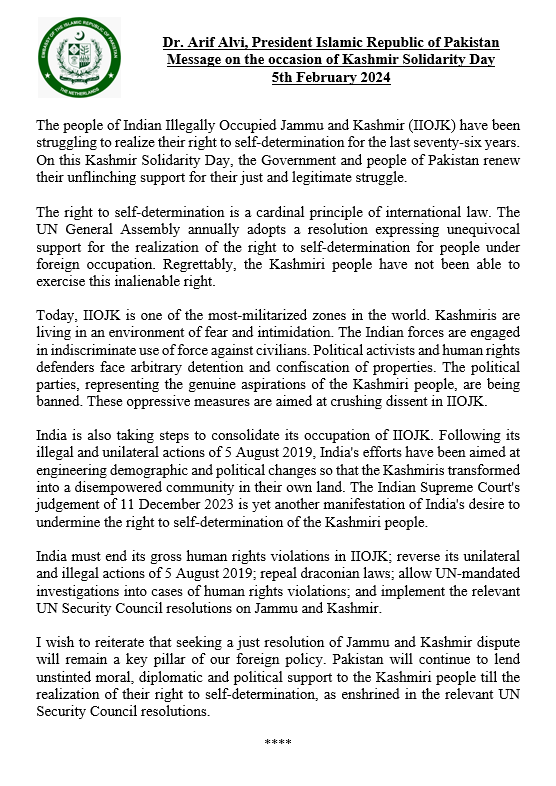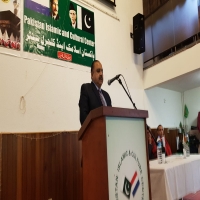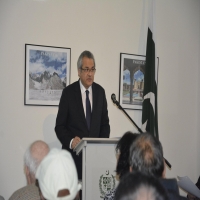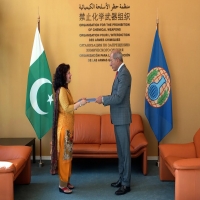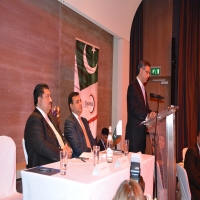Afghanistan
Algeria
Australia
Azerbaijan
Bahamas
Bahrain
Bangladesh
Belarus
Belgium
Bosnia and Herzegovina
Brazil
Brunie
Cambodia
Canada
China
Colombia
Cuba
Czech Republic (Czechia)
Denmark
Egypt
Ethiopia
Finland
France
Germany
Greece
Guinea
Hungary
India
Indonesia
Iran
Iraq
Italy
Japan
Jordan
Kazakhstan
Kuwait
Kyrgyzstan
Lebanon
Libya
Malaysia
Maldives
Mauritius
Mexico
Monaco
Morocco
Myanmar
Nepal
Niger
Nigeria
North Korea
Oman
Philippine
Portugal
Qatar
Romania
Russia
Rwanda
Saudi Arabia
Senegal
Serbia
South Africa
Spain
Sri Lanka
Sudan
Switzerland
Syria
Tajikistan
Tanzania
Thailand
The Netherlands
Turkey
Turkmenistan
Ukraine
United Kingdom
USA
Uzbekistan
Vietnam
Zimbabwe


